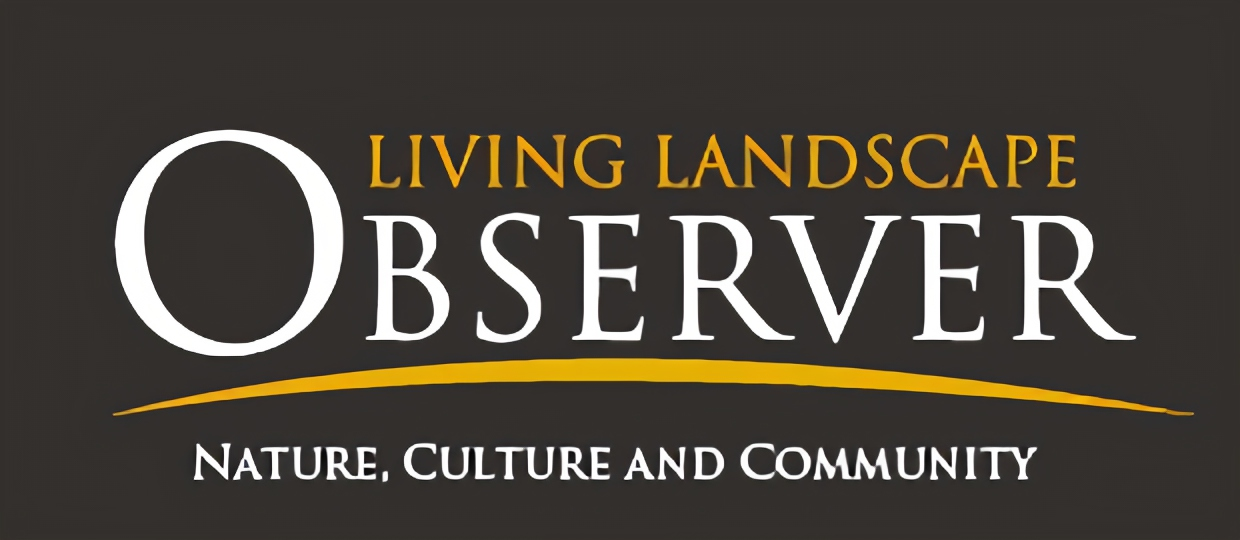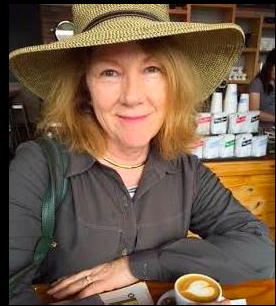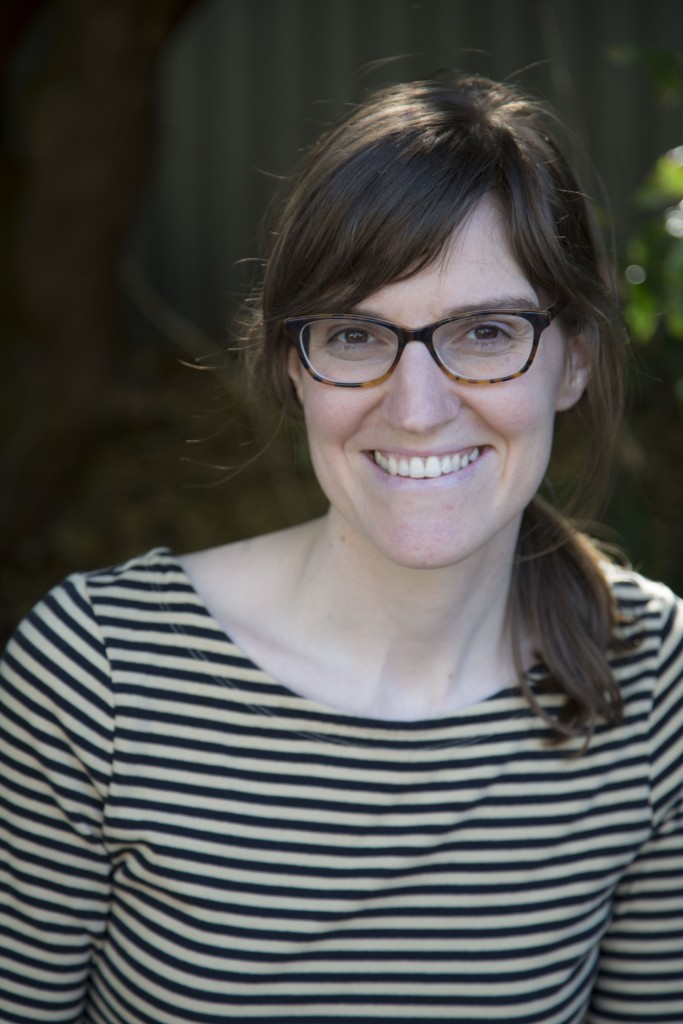To provide observations and information on the emerging fields of landscape scale conservation, heritage preservation, and sustainable community development.
Newsletter
Stay up-to-date with the latest nature, culture and community news.
We won’t spam you or share your information. Newsletters are sent approximately 10 times a year. Unsubscribe at any time.
Take Notice: Trending for Large Landscapes
Partners in Caring for Land
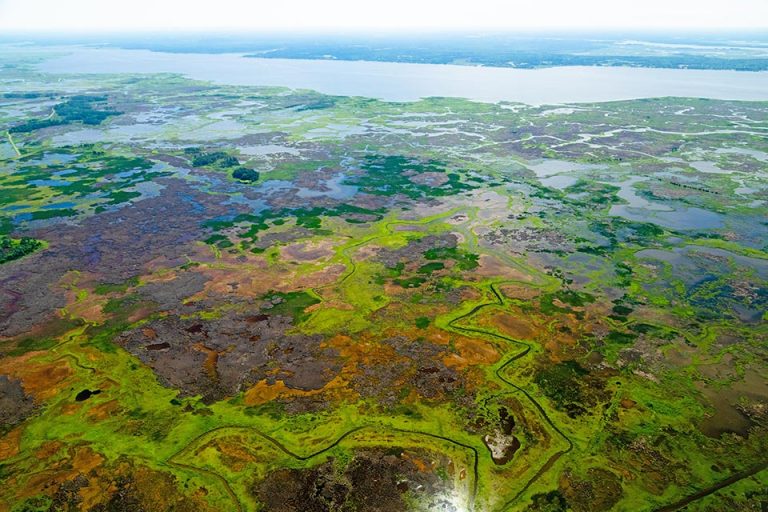
Climate Change and Heritage Landscapes
Our changing climate is causing radical alteration to the earth’s ecosystems and the focus has been on the impact to flora and fauna. Less recognized have been the impacts that are wrought on our treasured cultural landscape. However, as the climate threat looms larger the discussion is broadening to look at cultural heritage impacts.
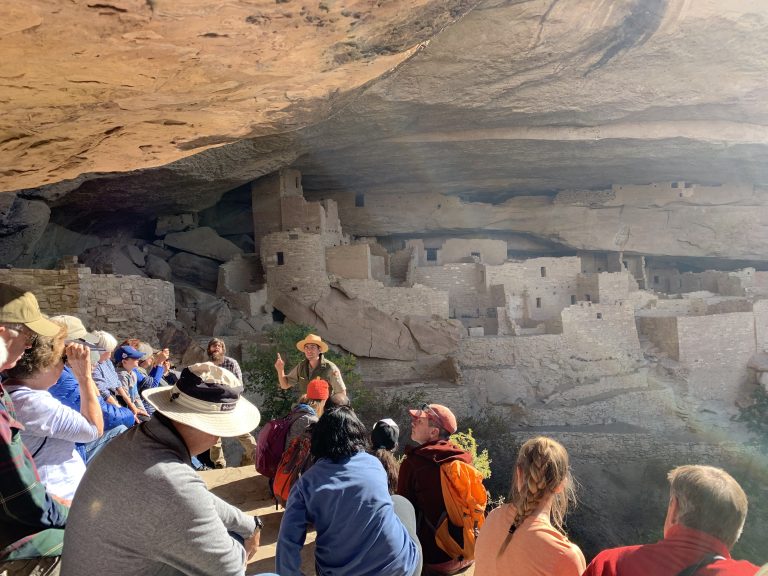
Mesa Verde National Park: Reinterpreting a Landscape
The word landscape jumps out at you on many of the interpretative signs at Mesa Verde National Park and the real thing is before you
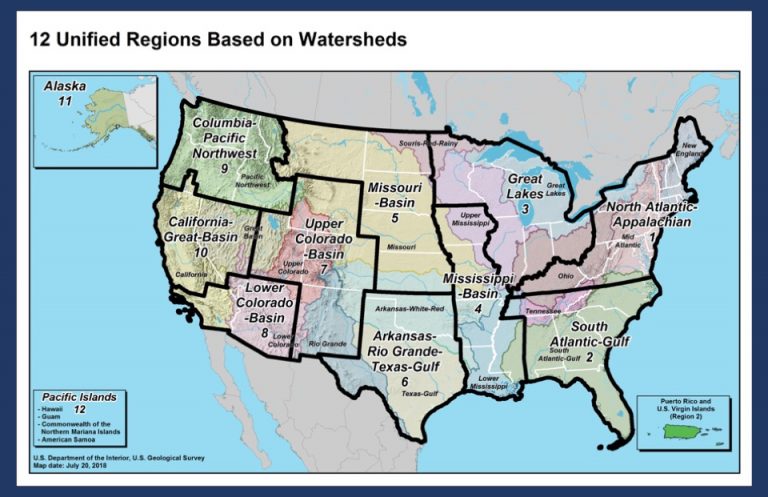
Landscape Management: More than just Words
For many good reasons such as climate change resilience, wild life corridor management, and cultural connectivity working on a landscape scale is something the Living Landscape Observer supports. However, many questions have been raised about Secretary Zinke 2018 announcement that the Department of the Interior (DOI) would be managed as 12 Unified Regions to enable bureaus within DOI to conduct business more effectively and efficiently.
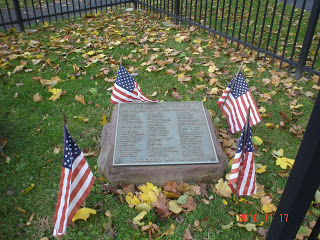
‘Memorial Park’ Carlisle PA
Memorial Park in the peaceful Central Pennsylvania town of Carlisle is just one example of the tragic fate of African American burial grounds. The site of this park was once the Lincoln Cemetery used by the African American community from between 1840 and the early 1900s. While the number of burials is not known, they probably numbered in the hundreds including 35 former United States Colored Troops (USCT) veterans. In the 1970s the site’s use as a burial ground was erased, except for one small plaque, to make a community park. What lessons can we lean from this story?
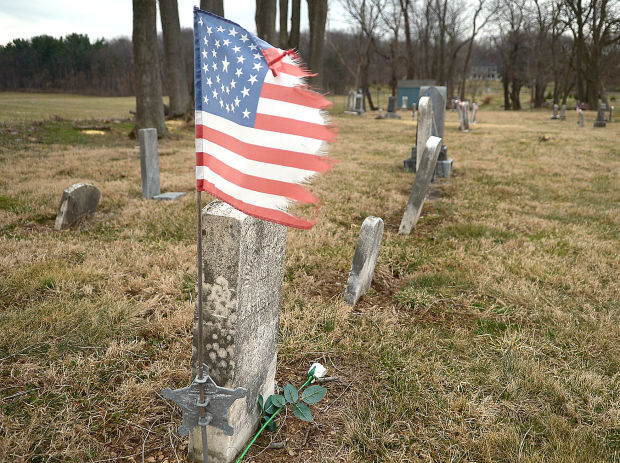
The Crying Need to Establish an African American Burial Grounds Network
African American cemeteries are at risk across the country as many have been forgotten or face disuse and abandonment. Working with Congress and the National Park Service, innovative legislation has now been drafted to establish the African American Burial Grounds Network. The bill was introduced by dedicated sponsors Representatives Alma S. Adams (NC-12) and A. Donald McEachin (VA-04) who recognized the strong spiritual and patriotic as well as historic association of these sites for the African American community.

Climate Change and Heritage Landscapes
Our changing climate is causing radical alteration to the earth’s ecosystems and the focus has been on the impact to flora and fauna. Less recognized have been the impacts that are wrought on our treasured cultural landscape. However, as the climate threat looms larger the discussion is broadening to look at cultural heritage impacts.

Mesa Verde National Park: Reinterpreting a Landscape
The word landscape jumps out at you on many of the interpretative signs at Mesa Verde National Park and the real thing is before you

Landscape Management: More than just Words
For many good reasons such as climate change resilience, wild life corridor management, and cultural connectivity working on a landscape scale is something the Living Landscape Observer supports. However, many questions have been raised about Secretary Zinke 2018 announcement that the Department of the Interior (DOI) would be managed as 12 Unified Regions to enable bureaus within DOI to conduct business more effectively and efficiently.

‘Memorial Park’ Carlisle PA
Memorial Park in the peaceful Central Pennsylvania town of Carlisle is just one example of the tragic fate of African American burial grounds. The site of this park was once the Lincoln Cemetery used by the African American community from between 1840 and the early 1900s. While the number of burials is not known, they probably numbered in the hundreds including 35 former United States Colored Troops (USCT) veterans. In the 1970s the site’s use as a burial ground was erased, except for one small plaque, to make a community park. What lessons can we lean from this story?

The Crying Need to Establish an African American Burial Grounds Network
African American cemeteries are at risk across the country as many have been forgotten or face disuse and abandonment. Working with Congress and the National Park Service, innovative legislation has now been drafted to establish the African American Burial Grounds Network. The bill was introduced by dedicated sponsors Representatives Alma S. Adams (NC-12) and A. Donald McEachin (VA-04) who recognized the strong spiritual and patriotic as well as historic association of these sites for the African American community.
